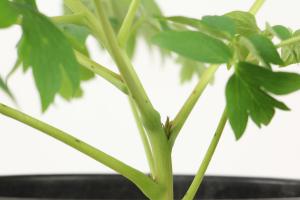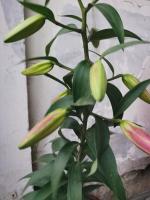Where to Plant Italian Cypress Trees
Italian cypress trees, also known as Mediterranean cypress or Tuscan cypress, are a popular choice for landscaping due to their slender, upright growth habit and attractive foliage. They are also known for their drought tolerance and resistance to pests and diseases. If you are considering planting Italian cypress trees, it is important to choose the right location to ensure their growth and longevity. Here are some factors to consider when deciding where to plant Italian cypress trees.
Climate and Site Conditions
Italian cypress trees are native to the Mediterranean region and thrive in warm, dry climates with mild winters. They prefer full sun exposure and well-drained soil. If you live in a cooler or more humid climate, you may need to provide some protection for your trees during harsh winters or excessive rainfall. If you have heavy clay soil, be sure to improve drainage before planting. The ideal site for Italian cypress trees is a south-facing slope or a protected courtyard, where they can receive ample sunlight and protection from strong winds.
Spacing and Layout
Italian cypress trees grow tall and narrow, typically reaching heights of 40 to 60 feet (12 to 18 meters) and widths of only 4 to 8 feet (1.2 to 2.4 meters). They are often planted in rows or as individual specimens to create a formal or architectural effect. When planning the layout for your Italian cypress trees, be sure to space them at least 6 to 10 feet (1.8 to 3 meters) apart to allow for proper growth and development. You may also want to consider other factors such as the scale of your landscape, the distance from nearby structures or utilities, and the intended use of the space.
Pruning and Maintenance
Italian cypress trees require minimal pruning or maintenance, but it is important to keep them well-watered during their first few years of growth to establish strong roots. Once established, they can tolerate periodic drought conditions, but they will benefit from occasional deep watering during extended dry periods. Pruning may be necessary to maintain the desired height or shape, but it is best to avoid excessive cutting or shaping, as this can damage the tree and reduce its lifespan. It is also important to watch for signs of pests or diseases, such as aphids or canker, and to take appropriate measures to control or prevent these issues.
Conclusion
Italian cypress trees are a beautiful and low-maintenance addition to any landscape, but it is important to choose the right location for planting to ensure their success. By considering factors such as climate, site conditions, spacing, and maintenance requirements, you can create a stunning and functional landscape that will bring you enjoyment for years to come.

 how many times do yo...
how many times do yo... how many planted tre...
how many planted tre... how many pine trees ...
how many pine trees ... how many pecan trees...
how many pecan trees... how many plants comp...
how many plants comp... how many plants can ...
how many plants can ... how many plants and ...
how many plants and ... how many pepper plan...
how many pepper plan...































